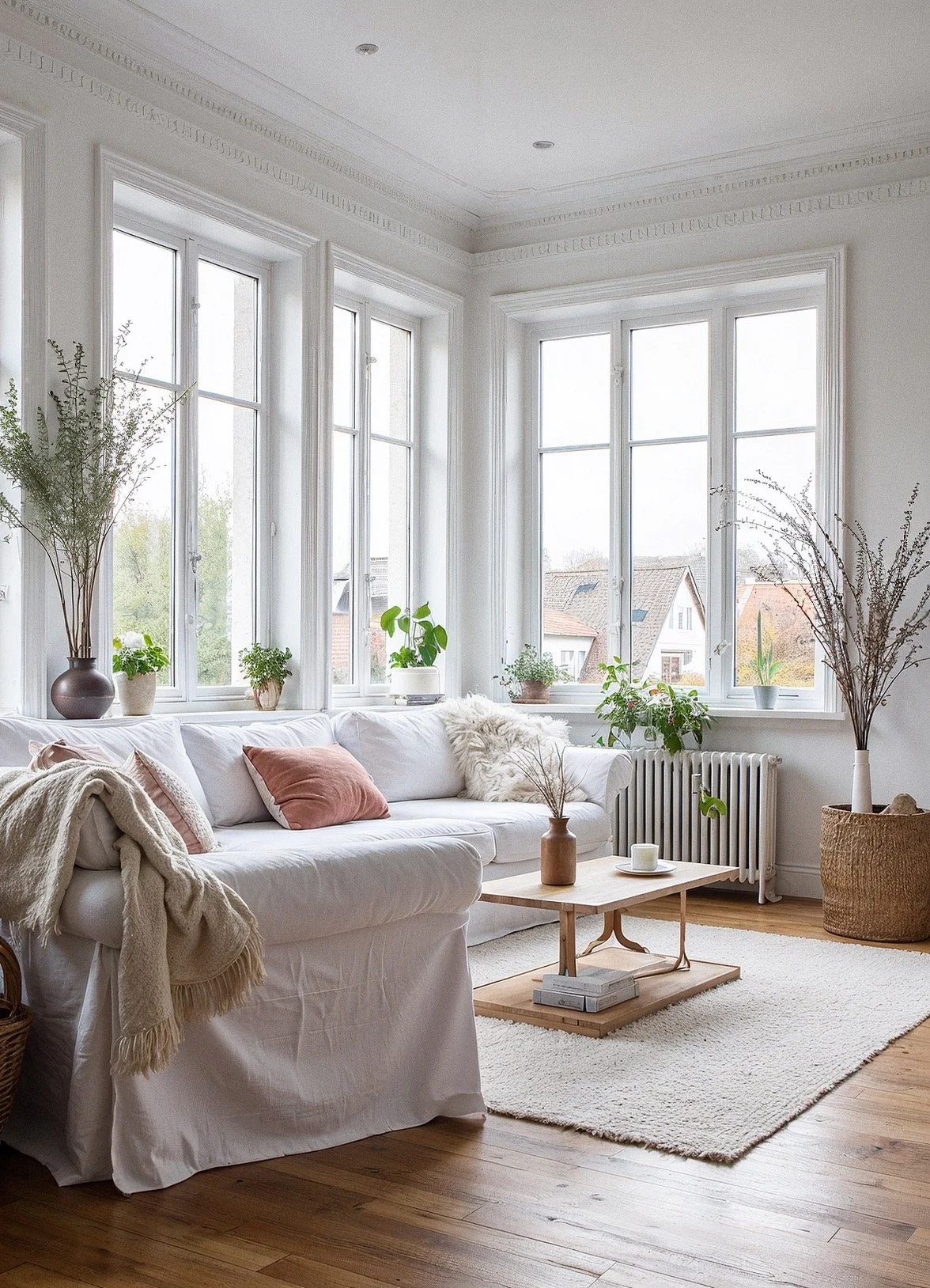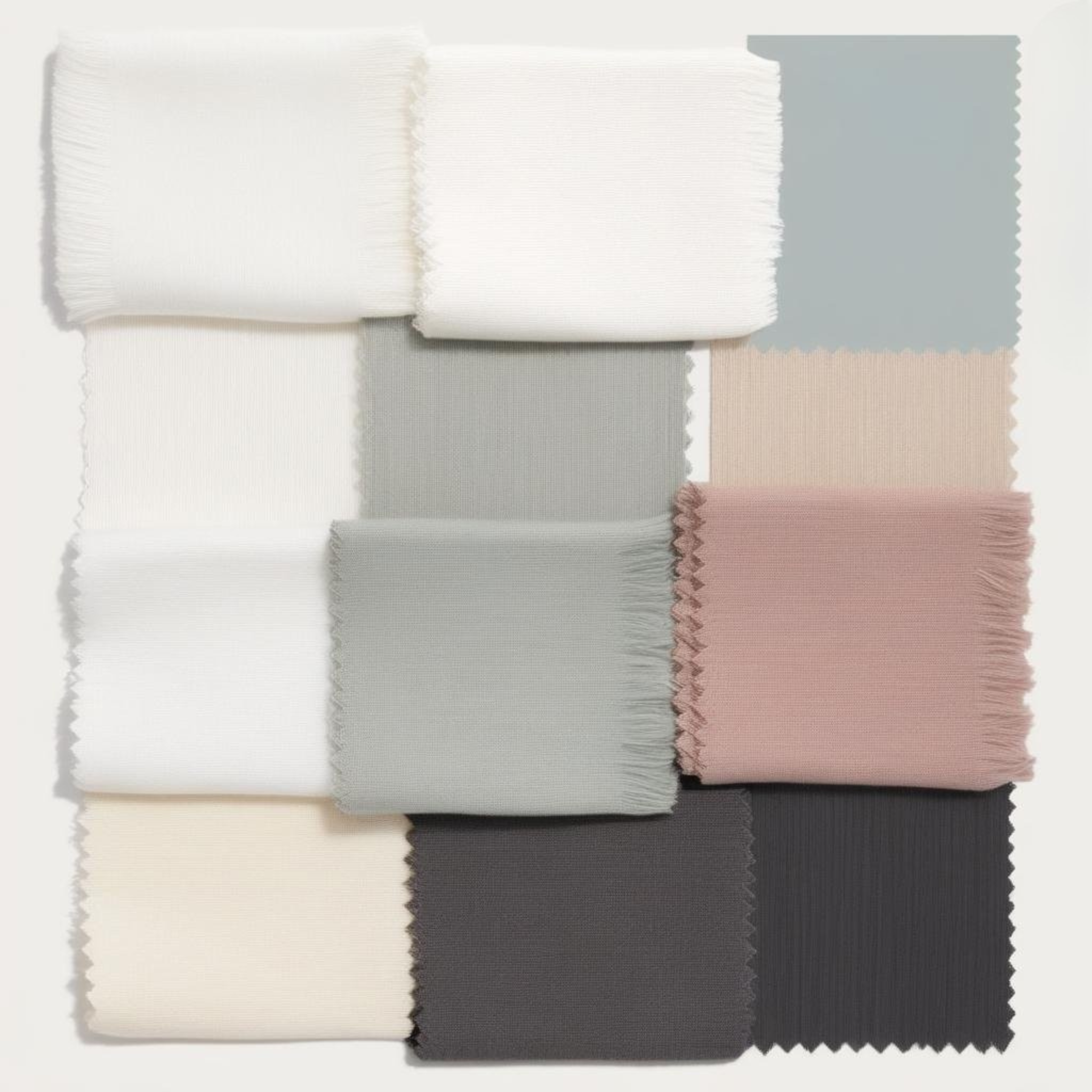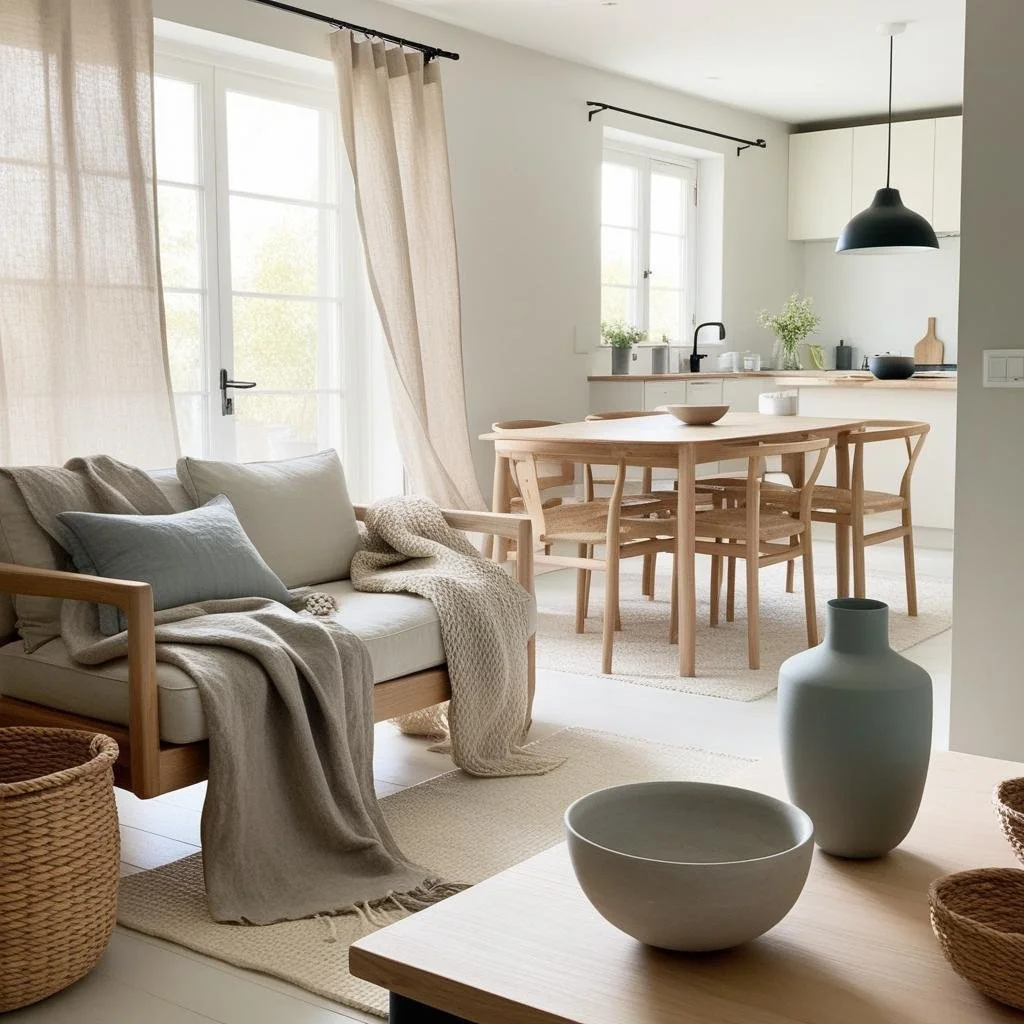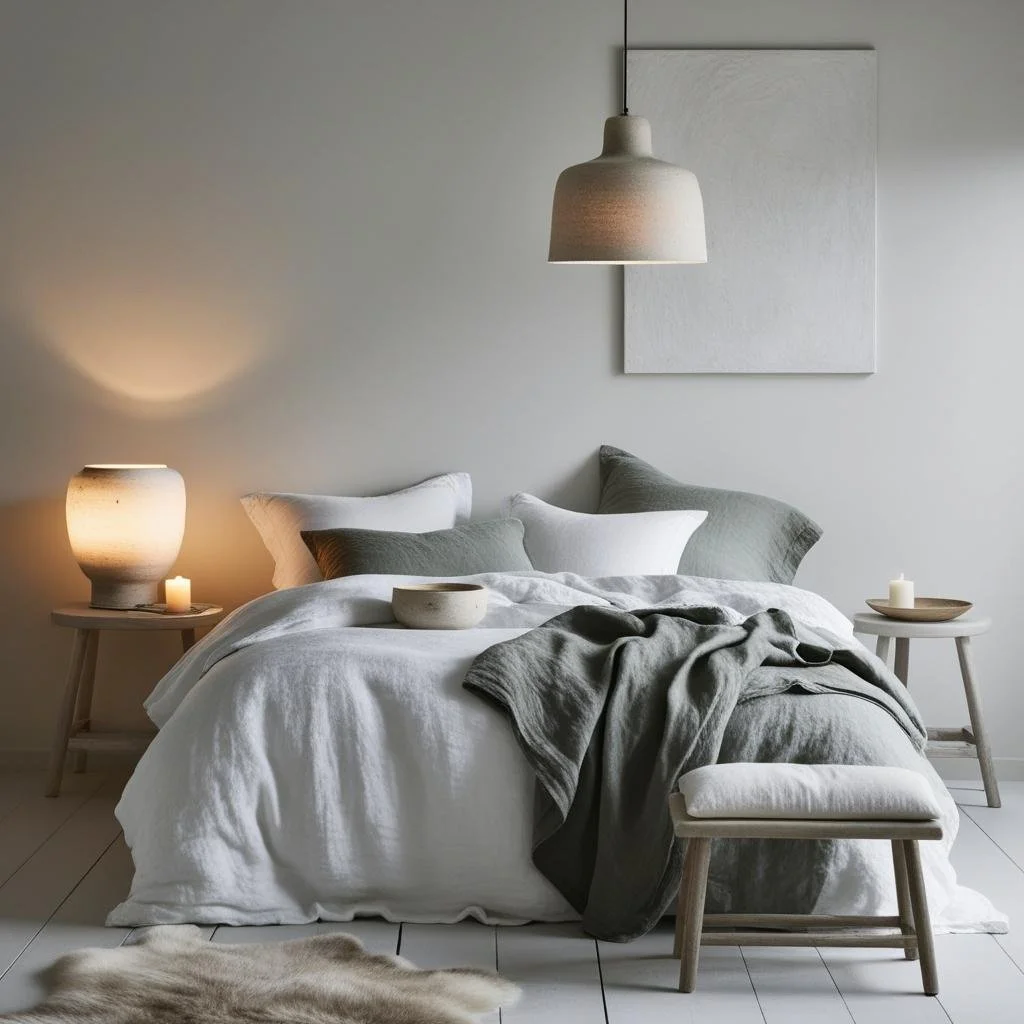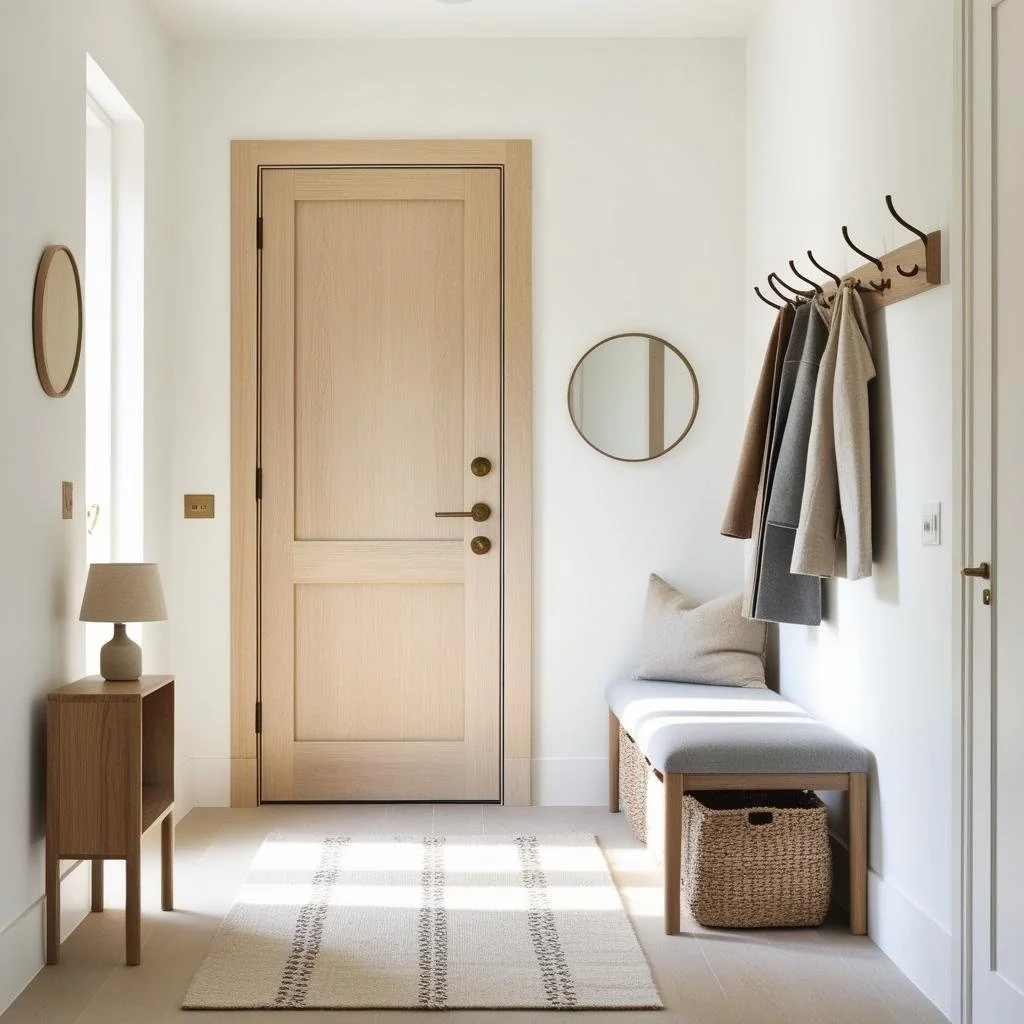Scandinavian Interior Design: A Guide to Timeless Calm at Home
There’s something unmistakably serene about a Scandinavian interior. It doesn’t try too hard. It doesn’t shout. Instead, it whispers comfort, light, and intention. Rooted in the landscapes and seasons of Northern Europe, Scandinavian design embraces the quiet poetry of everyday life—through simplicity, softness, and a deep appreciation for nature.
More than just a trend, this style has become a global movement toward mindful, meaningful spaces. And in a world that moves fast and feels loud, it’s no wonder we’re drawn to its gentle rhythm.
This post is your complete guide to embracing Scandinavian design at home—whether you're transforming your entire space or adding a few soft touches to make your days feel a little lighter.
The Heart of Scandinavian Design
The Scandinavian design movement began in the early 20th century, but it gained widespread influence in the 1950s. Designers from Sweden, Norway, Denmark, and Finland championed interiors that were accessible, honest, and inspired by the Nordic way of life—where winters are long, light is sacred, and home is a refuge.
It’s a style defined not by decoration, but by intentional living. It invites you to curate rather than collect. To focus on how your home feels, not just how it looks.
For more inspiration visit HOME IDEAS INSPO ->>
The foundational values:
Function with beauty — Practical items are crafted with care and elegance.
Simplicity without sterility — Spaces are pared down but never empty.
Connection to nature — Light, wood, stone, and plant life are honored.
Human-centered design — Every room is meant to be lived in and loved.
Key Elements of the Scandinavian Aesthetic
If you’re wondering where to begin, these core elements create the unmistakable feeling of a Scandinavian home.
Light & Brightness:
Light is treated as a design element in itself. Large windows are often left bare or draped in soft sheers, allowing daylight to fill the space. Pale walls reflect this light, creating a sense of openness and calm.
Natural Materials:
Wood floors, linen bedding, cotton curtains, ceramic mugs—these details root the home in the natural world. Even in modern apartments, this grounded, organic sensibility prevails.
Clean Lines & Quiet Forms:
Furniture tends to be low-profile, with curved edges or soft geometry. Nothing flashy, just beautifully made pieces that age gracefully.
Functional Beauty:
You’ll find thoughtful storage, fold-away furniture, and multipurpose design that serves real life—not just Pinterest boards.
Cozy Layering (Hygge):
Layering is key to the emotional warmth of Scandinavian interiors. Think knitted throws, candlelight, sheepskin rugs, and mugs of warm tea. This is hygge—the feeling of comfort, contentment, and being gently held by your space.
Scandinavian Color Palette & Texture
The Scandinavian palette isn’t loud, but it is deeply expressive. It draws from snowy landscapes, cloudy skies, pine forests, and soft sunrises.
Color Guide:
Whites & creams – to reflect light and create openness
Greys & soft beiges – grounding neutrals for calm balance
Pale blues, sage greens, or dusty pinks – nature-inspired accents
Charcoal or black – used sparingly for contrast and clarity
This muted approach allows texture to take center stage.
For more inspiration visit HOME IDEAS INSPO ->>
Layering Textures:
Texture adds life to a neutral space. Here’s how it works:
A raw linen curtain catching morning light
A woolen throw in soft greige over a sofa
Natural oak paired with jute or rattan baskets
Unfinished ceramics beside smooth, matte vases
The effect is tactile minimalism—spaces that look good and feel even better.
For more inspiration visit HOME IDEAS INSPO ->>
Furniture & Layout Ideas
The furniture in a Scandinavian home is never excessive. Every item earns its place—often with clean silhouettes, natural materials, and timeless craftsmanship.
What to look for:
Light-toned woods – birch, beech, ash, or whitewashed oak.
Sleek lines – think mid-century modern but softer.
Functional features – nesting tables, wall-mounted lighting, modular shelving.
Organic forms – rounded corners, curved seats, pebble-shaped tables.
Layout Principles:
Prioritize space and movement—less is more.
Place furniture to allow natural light to flow freely.
Anchor rooms with a neutral rug or soft lighting.
Leave space on walls and around furniture—negative space is peaceful space.
You don’t need a large home to achieve the Scandinavian feeling. In fact, its principles shine best in small, intentional spaces.
Room-by-Room Styling Tips
Let’s walk through your home, the Scandinavian way.
Living Room:
The living room is where comfort and clarity meet.
Start with a neutral base: a linen or cotton sofa in white, grey, or sand. Add texture with a boucle throw, an oversized cushion, or a wool rug. Choose a simple coffee table in light wood, and leave space around it. A paper lantern light or wall sconce adds warmth without heaviness.
Don’t forget plants. A single olive tree or potted eucalyptus can soften the edges and bring the outside in.


Bedroom:
Your bedroom should feel like a slow exhale. Calm and grounding.
Use layers of linen in whites, stone greys, or sage. Keep bedside tables minimal—just a book, a candle, a small dish. Hang one large piece of art or leave the wall bare. A bench at the foot of the bed or a sheepskin rug brings a sense of ritual and softness.
Lighting matters—opt for low, ambient sources like a ceramic bedside lamp or soft pendant.
For more inspiration visit HOME IDEAS INSPO ->>
Kitchen:
Scandinavian kitchens are all about beauty in utility.
Choose cabinetry in light tones or muted pastels. Use open shelving sparingly—just enough to display beautiful essentials like handmade mugs or wood cutting boards. Brass or matte black fixtures work well as accents.
Edit down what’s on your counters. A ceramic fruit bowl, a linen towel, and a sprig of rosemary can say more than a dozen accessories ever could.




Bathroom:
Calm, uncluttered, and clean.
Stick to light tiles, natural textures (like wood or stone), and soft lighting. Keep only what you use every day on display—soap, a brush, a small plant. Hang towels in oatmeal or grey tones. Add subtle warmth with a wooden stool or bath mat.
Entryway:
Even the smallest entries can feel warm and welcoming.
Use a narrow bench for seating or baskets underneath for storage. Install wall hooks for coats and a small mirror to bounce light. A neutral rug and small lamp can elevate the space instantly.
This is your transition space—make it both practical and peaceful.
For more inspiration visit HOME IDEAS INSPO ->>
Why We Love Scandinavian Design
At a time when life feels noisy, fast, and constantly connected, Scandinavian interiors offer a moment of stillness. They remind us that beauty doesn’t have to be loud. That meaning can be found in the everyday. That a home should support your life, not overwhelm it.
It’s not about being perfect. It’s about being present.
It’s not about having less. It’s about having just enough.
A Scandinavian home invites you to slow down, create space, and feel rooted in what truly matters.
Save It, Live It
If this post sparked something in you—a craving for calm, for clarity, for light—save it. Bookmark it. Come back to it.
And remember: you don’t need to transform your entire home overnight. One warm light. One natural chair. One cleared shelf.
That’s enough to begin.

